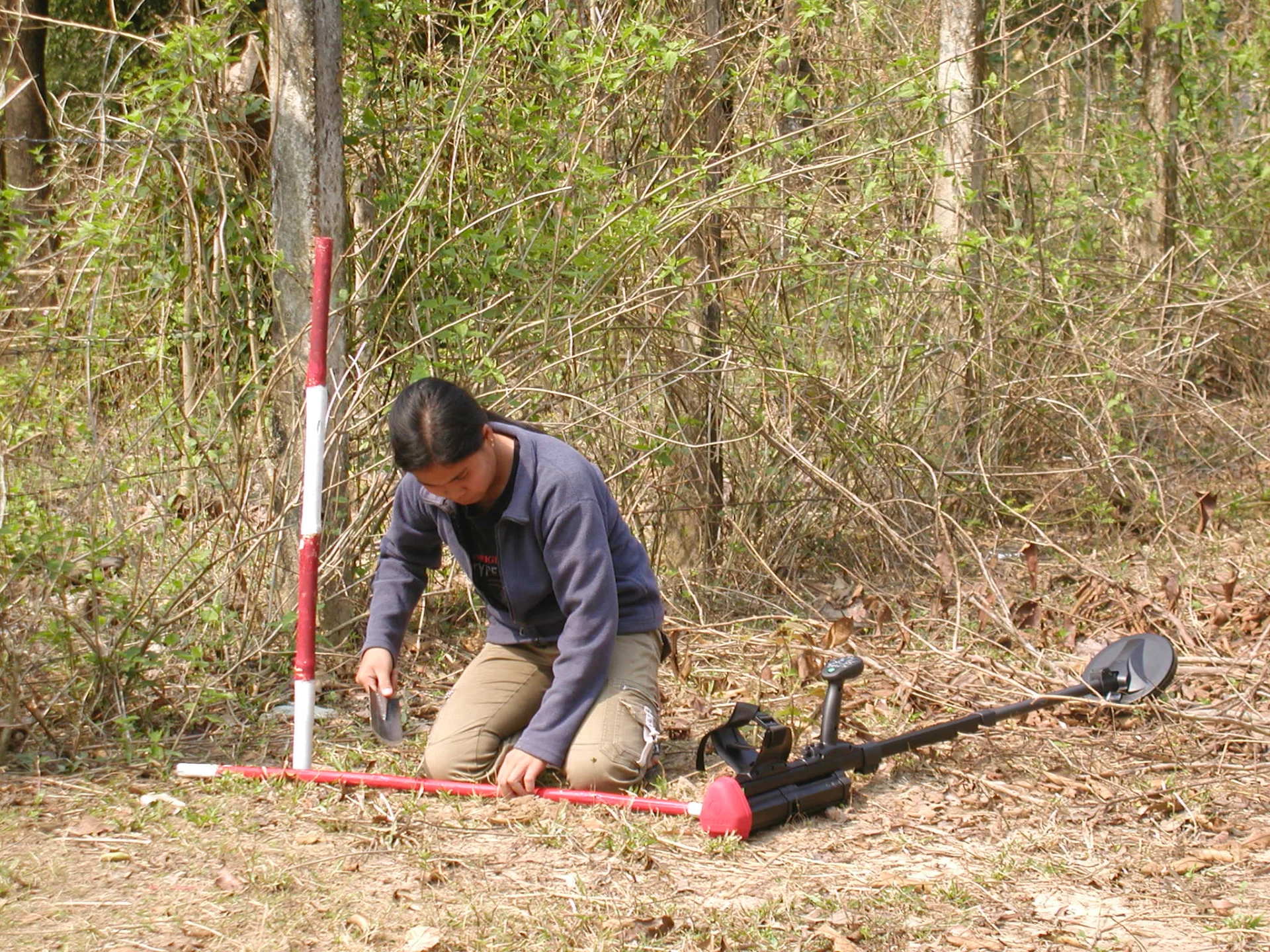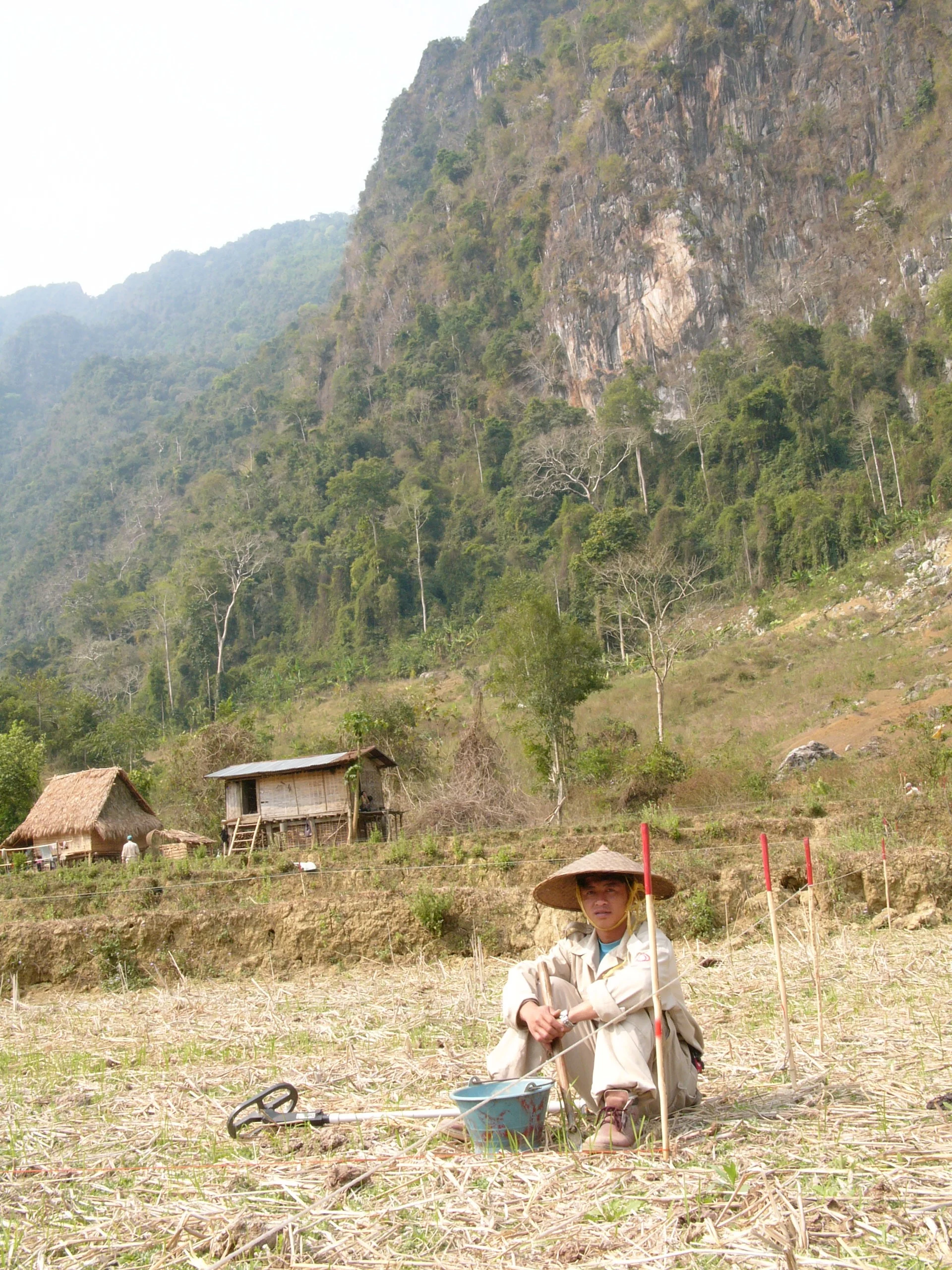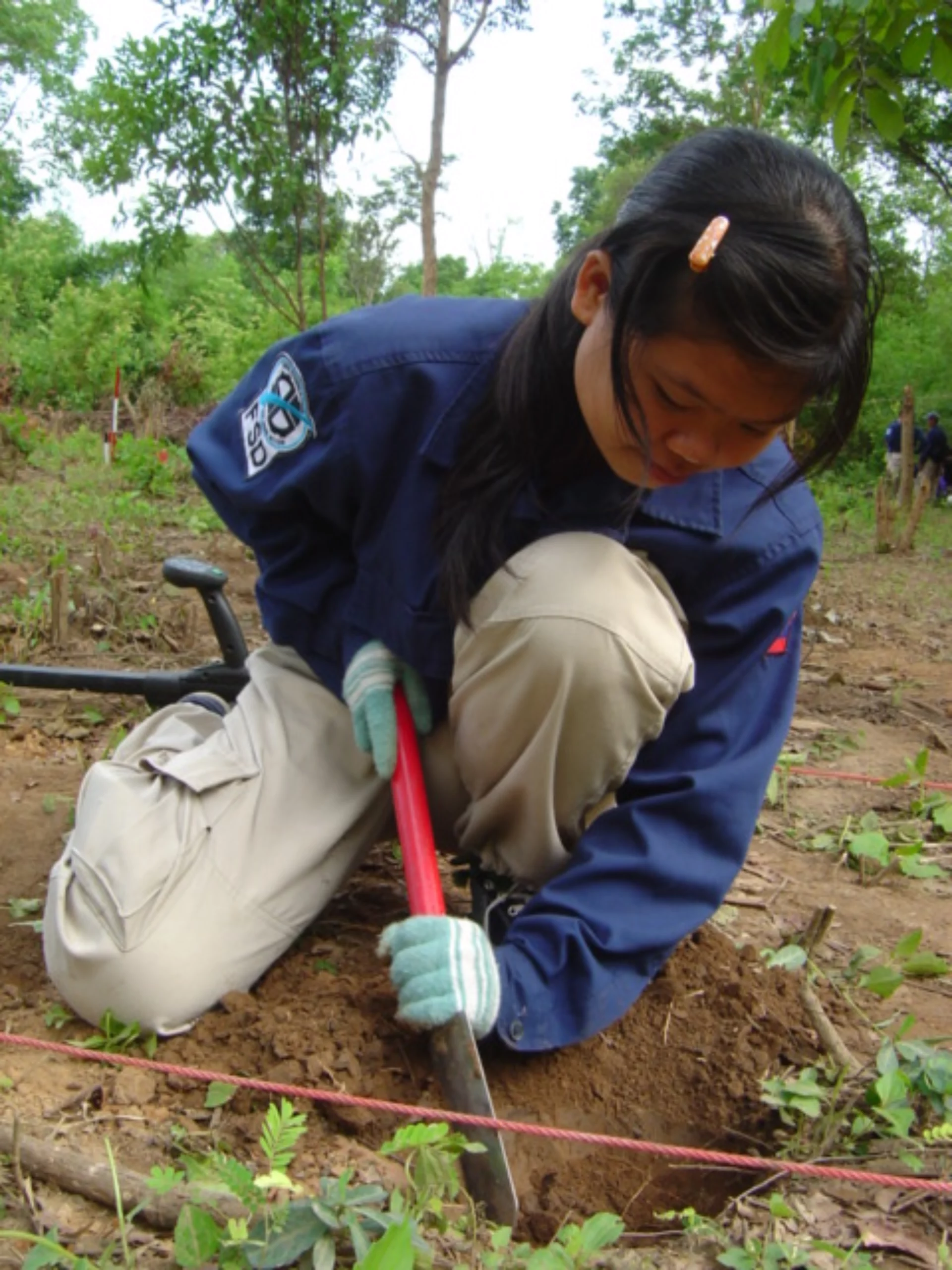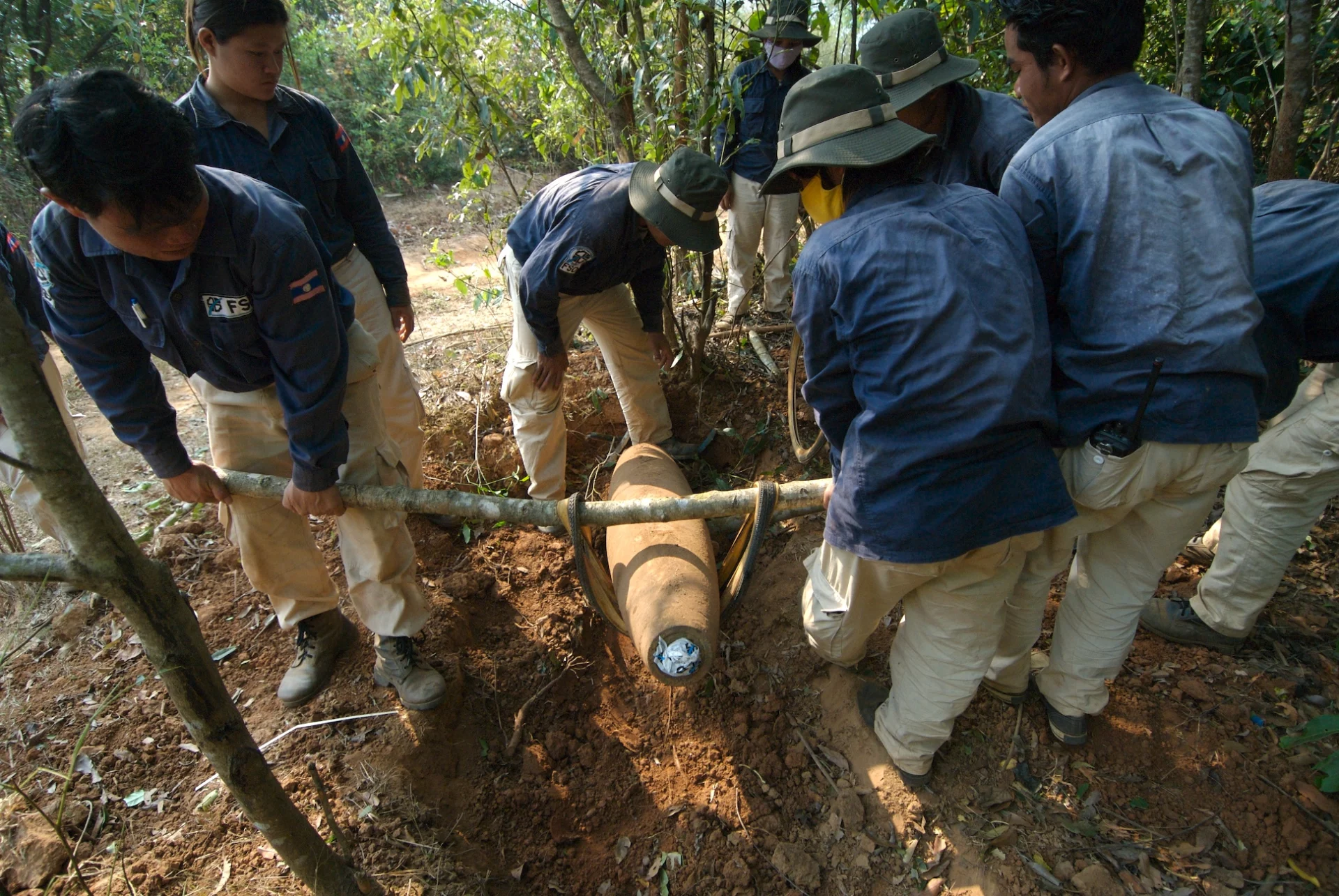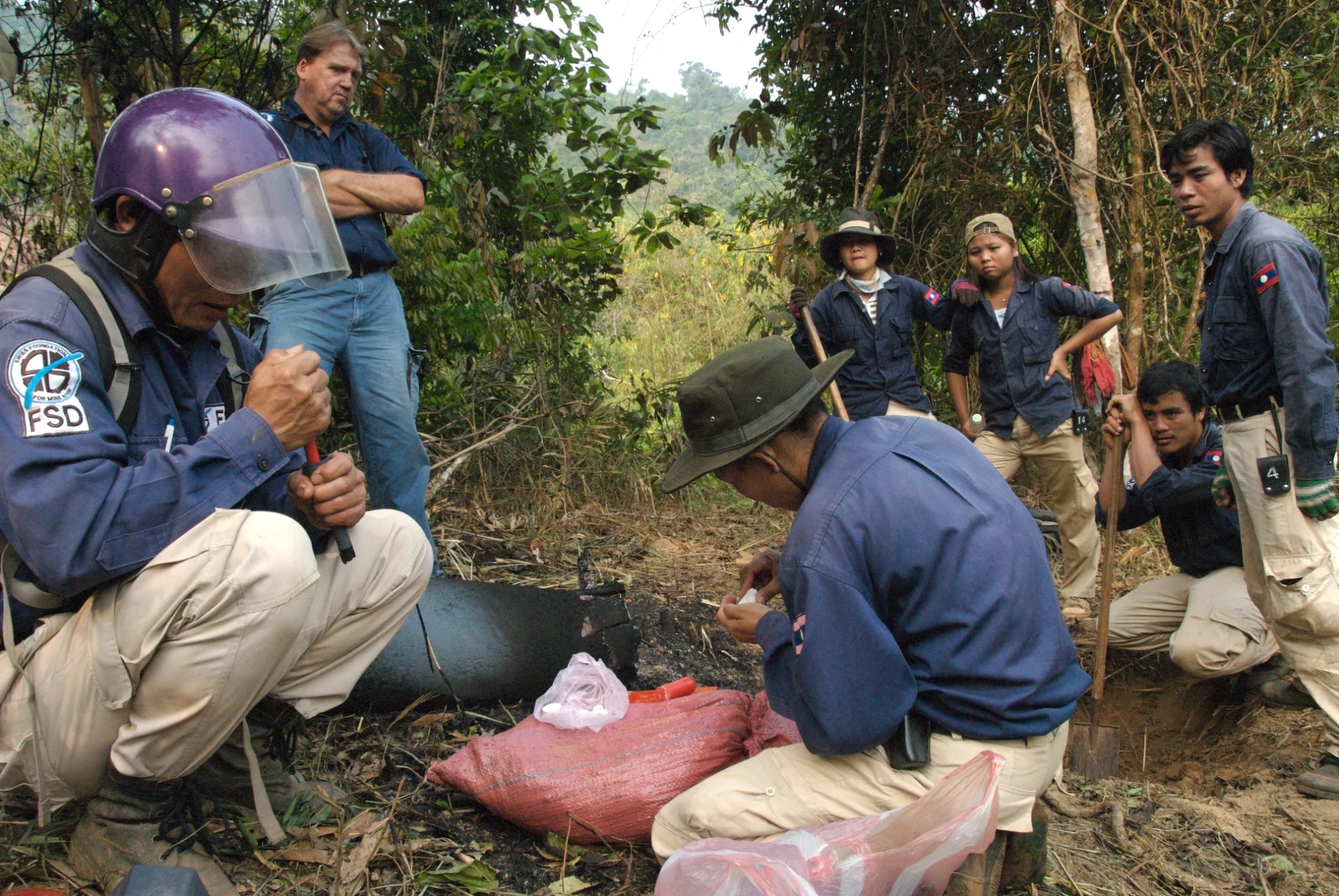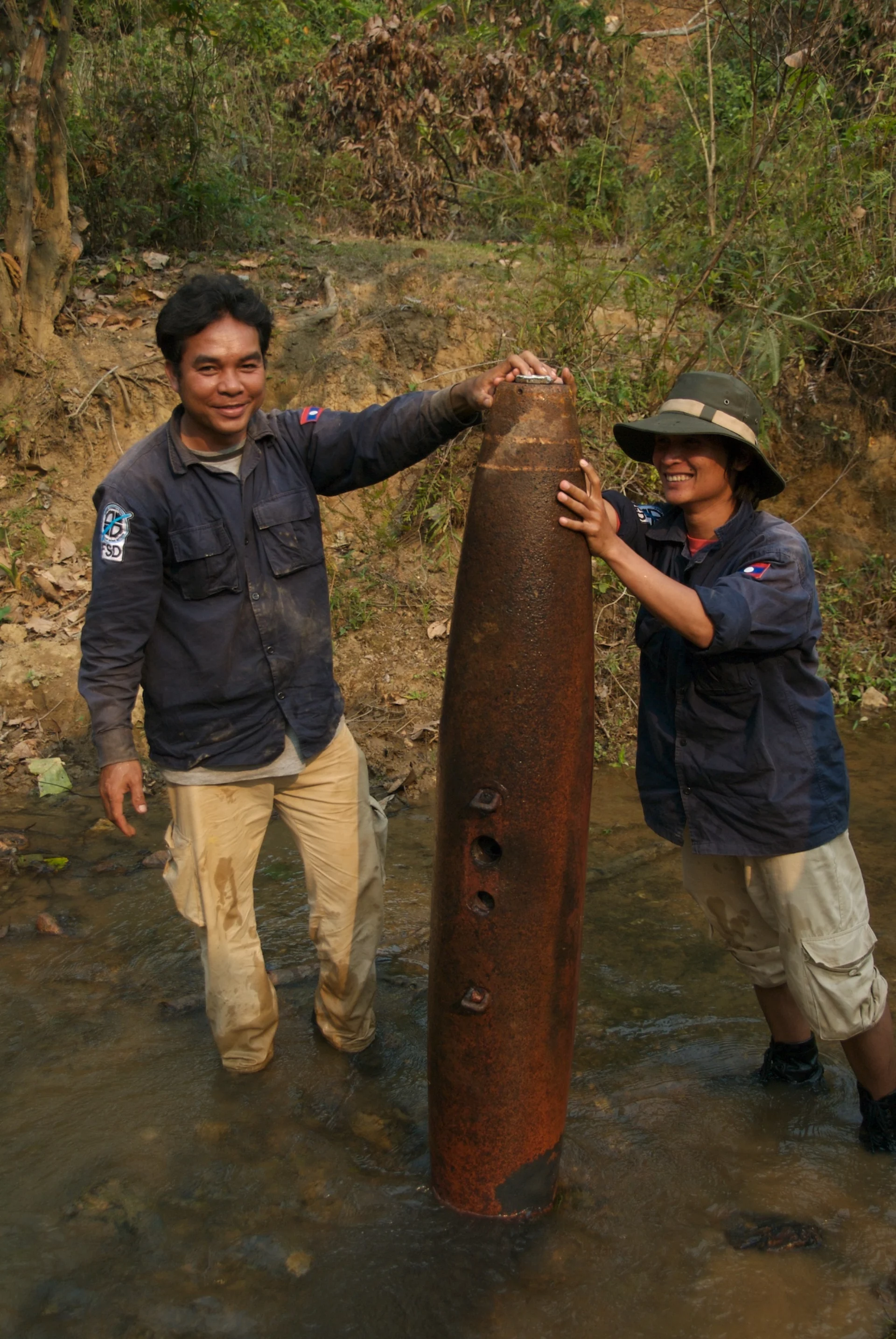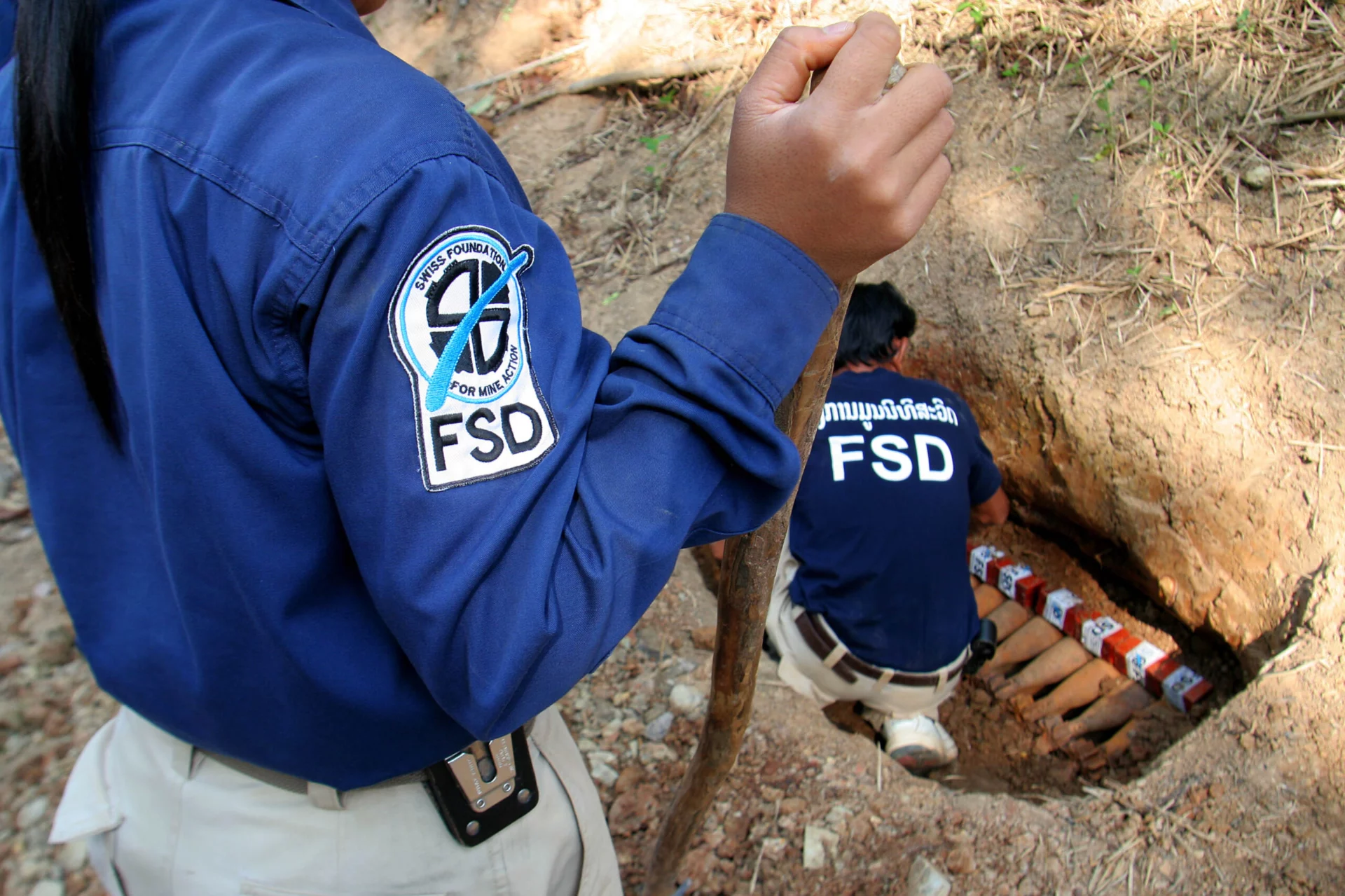Laos
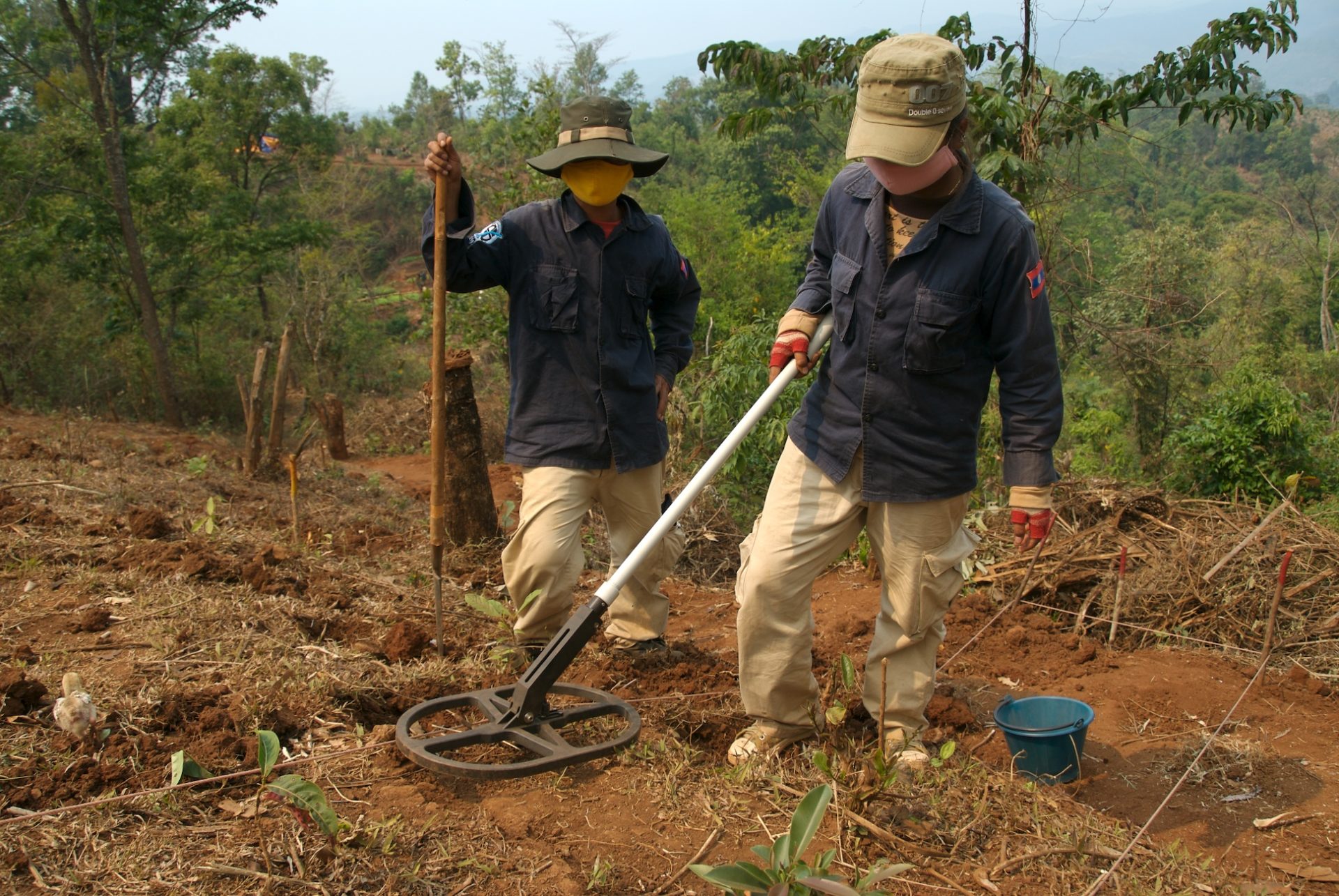
A legacy of the Vietnam War
The massive bombings carried out during the Vietnam War left Laos heavily contaminated with explosive remnants of war. Hundreds of millions of submunitions were dropped across the country, around one third of which are estimated to have failed to explode on impact. This contamination continues to endanger daily life: more than 20,000 people have been killed or injured since the end of the war, the majority of them children. In rural areas, where communities depend on rice cultivation, explosive ordnance hampers agricultural work and worsens food insecurity.
Partnerships supporting rural communities
From 2004 to 2010, FSD supported the World Food Programme in rehabilitating rice fields, irrigation systems and fish farms, while clearing key areas for communities in Savannakhet Province. In 2007, in partnership with CARE Australia, FSD conducted clearance operations in the Sekong region as part of a livelihoods improvement project. Alongside its demining work, FSD trained local teams in explosive ordnance disposal, contributed to the development of national standards and helped establish a database for managing clearance operations.
Towards sustainable food security
FSD’s engagement helped improve food security for rural communities by clearing rice fields and making agricultural land safe. It also strengthened the technical and organisational capacities of national actors through the development of training standards aligned with international norms. These efforts enhanced the coordination and quality of demining operations and promoted the sustainable management of explosive hazards by local institutions.
For nearly 30 years, FSD has been working to make land safer. Explore the key milestones of our humanitarian work since our first demining operation in 1998.
Latest news from FSD
View all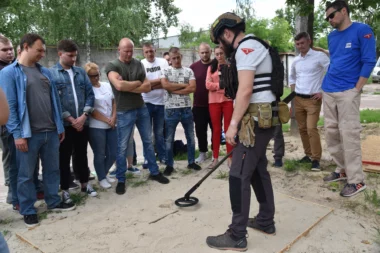
How to become deminer?
FSD’s deminers come from all walks of life: farmers, teachers, IT specialists and many others. Many have had their lives…
Humanitarian demining Iraq

Tourist destinations still marked by the scars of war
In the world, nearly one in three countries remains contaminated by landmines and explosive remnants of war, particularly across much of South-East…
Landmines and explosive remnants Colombia Iraq Sri Lanka

Beyond demining: preparing to hand over the reins
Faced with this reality, FSD — with the support of Switzerland — is working on two fronts: clearing land today,…
Humanitarian demining Prevention and risk education Ukraine
